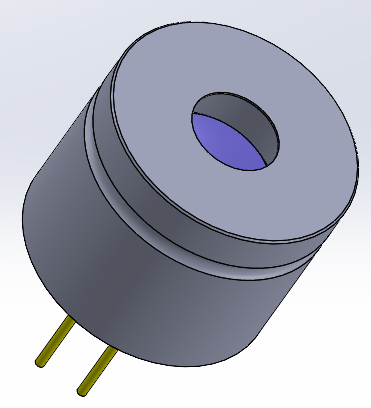Heimann Sensor develops new thermopile arrays with improved lifetime for use in power grids

The research project FLEMING, funded with 3.3 million Euro by the German Federal BMWK Ministry (Bundesministerium für Wirtschaft und Klimaschutz) has now come to a successful completion. The project developed flexible monitoring and automated control systems for the energy and mobility transition the society will face in the next couple of years.
The project, which began in 2019, investigated how improved sensor technology in combination with AI can help to improve the reliability and resilience of power distribution grids. As such, it provides an important puzzle piece to further extend the needed infrastructure for future mobility.
There is a need for a good prediction and monitoring of the actual temperatures within the switching components of the distribution grid. This requirement is mainly caused by the rapid increase of the numbers of electric cars, which are predominantly recharged in the after-work hours.
The temperature monitoring can easily be realized by using low-cost infrared cameras, covering a large area within the switching gear. Infrared cameras are able to provide many more measuring points than any contact measurement method. Additionally, the collected information can be used to discover faulty areas within the switchgear and therefore help to predict failures.
Heimann Sensor participated in this project and developed long-term stable thermopile arrays with lifetimes exceeding those of the components used in the power distribution grid. Heimann Sensor improved the lifetime of these sensors by a factor of five, using a new sealing technique. The achieved lifetimes are between approximate 30 to 50 years.
The prototypes developed in this project have an adapted field of view, which fits best to the interior of the switching gear. They provide 32×32 single measurement spots (pixels) which all provide radiometric data. Additionally, Heimann sensor developed methods to detect and compensate for possible contamination and dirt. The thermopile array consumes merely <20mW at 10 FPS, with an idle mode provided for even lower power consumption. Communication with the sensor is via a sophisticated I²C interface. The sensor itself comes directly with calibration data stored on the internal EEPROM of the device. This makes integration in embedded systems or edge computing solutions fast and straightforward.
For more information, please visit https://www.heimannsensor.com.
News Categories
- » NEWS HOME
- » Automation & Robotics
- » Industry 4.0
- » Material Handling
- » Sensors
- » Quality & Testing
- » Machine Vision
- » Laser & Optics
- » Metalworking
- » Motion Control & Drives
- » Hydraulics & Pneumatics
- » Process Industry
- » Renewable Energy
- » Agriculture
- » Home & Office Furniture
- » Environmental Tech

